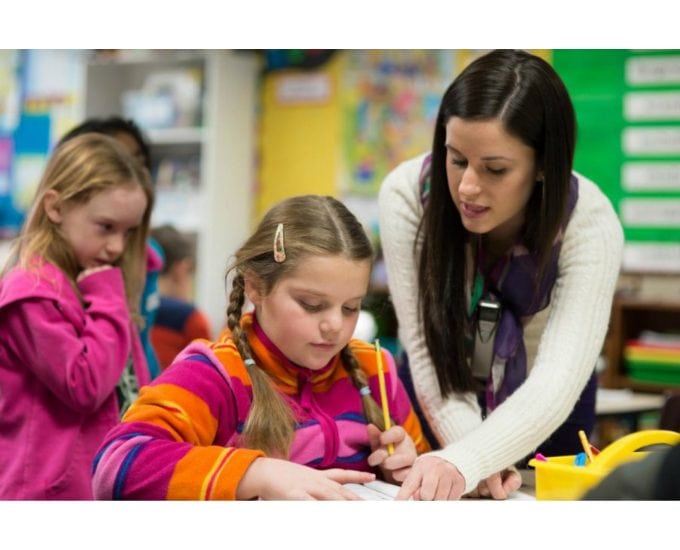
Nova Scotia currently has fewer than 10 cases of Covid-19 province-wide. We are requiring a 14-day self-isolation period for all travellers coming from outside the Atlantic provinces. Masks are required in all indoor public spaces for people 2 years of age and up. Masks will be required in the classroom for grades 4 and up where students are not able to be 2m apart (read: the majority of classrooms)
Compliance with the above measures are part of the reason we have so few cases in the province. We did the work to limit opportunities for the virus to spread. We will continue to do what we can to limit the spread when we return to our physical buildings with students in just over 2 weeks.
There are many valid concerns about class sizes not allowing for physical distancing in classrooms, about where students and staff will eat lunch, about how we will navigate frequent hand washing/sanitizing of surfaces, and about the state of our ventilation systems.
Teachers, myself included, have indicated that we need more time to prepare to welcome students back into classrooms in September. The physical reasons listed above are one part of that – we need time as school staff to discuss what those things will look like for our specific sites. In addition, we need time to debrief the past 6 months, in the context of a global pandemic, the science-denial happening in parts of the world, systemic racism, and the fact that we will have staff and students alike who view school as an unsafe place right now.
We need time to reconnect with our colleagues in an authentic, compassionate way. This isn’t something that can be done in two days while we are doing all of the other things that need to happen before students walk through the doors of our classrooms. How are we? What do we need? Who is struggling? Who is in a space to provide support to others? What does it feel like to be in physical proximity to so many people outside of our own families again? These questions are so important to discuss/consider before we interact with students.
Having time to collectively consider/discuss those questions is essential. Lori Desautels (http://revelationsineducation.com/) says we need to secure our own oxygen mask first. There will be a lot coming up for the adults in the building that needs to be addressed before we are ready to help students.
We also need time to plan how we will run our classes with the restrictions in place. My classroom involves small-group collaboration, sharing of art materials, circle discussions, one-on-one conferences, whole-class discussions, and lots of opportunities for movement. I use a wide variety of strategies to practice “brain intervals” or “brain breaks”, many of which are self-directed and involve the use of physical objects such as puzzles, games, fidgets, and brain teasers. I need time to rethink these strategies in ways that are safe. My classroom environment is what I call “organized chaos” – students make choices about where to work, and have open access to technology and supplies. I begin the year with a collaborative design challenge inspired by John Spencer (http://www.spencerauthor.com/). I need time to plan how to do this in a new context.
Sitting in rows all facing forward doesn’t lend itself to the best practices I have developed over my 16 years as a middle school teacher. I need time to collaborate with other teachers in order to find ways of delivering the best possible educational experience for students. We need time, not just to understand new procedures and health guidelines, but to come together and plan a way forward in a very different environment.
Alex Shevrin Venet says students and staff are likely to be hyper-vigilant when we return to in-person classrooms. Every sniffle and cough may be scrutinized, every improperly worn mask may be pointed out. Staff need time to develop strategies to help mitigate this hyper-vigilance.
I am excited to return to my classroom in person, and I need time to get ready. What could staff do better if we were given the first week to prepare in a meaningful way, before students enter our classrooms?
With a special thanks to our generous donors who make publication of the Nova Scotia Advocate possible.
Subscribe to the Nova Scotia Advocate weekly digest and never miss an article again. It’s free!



